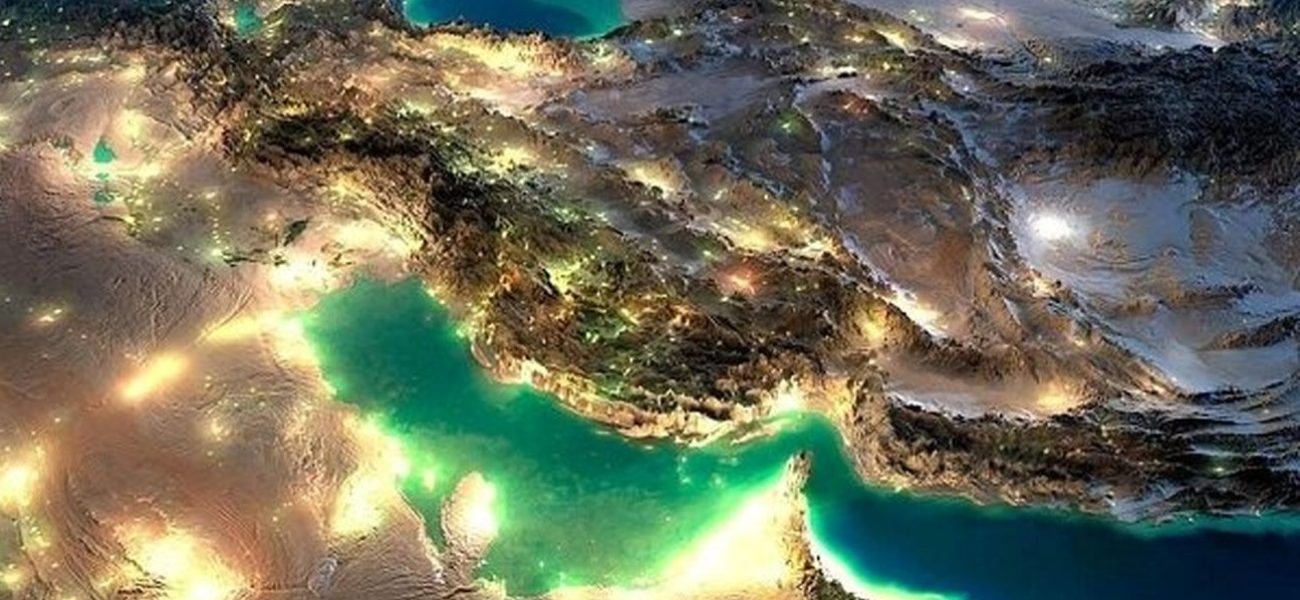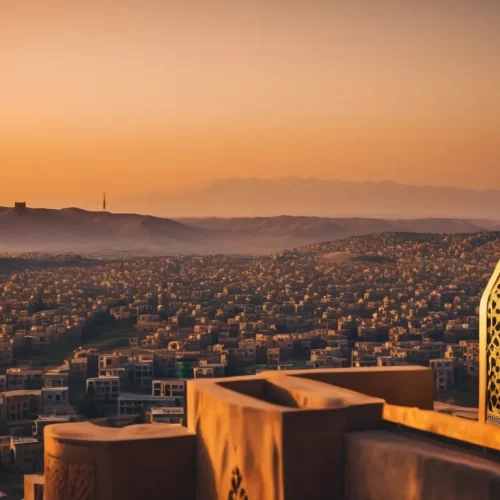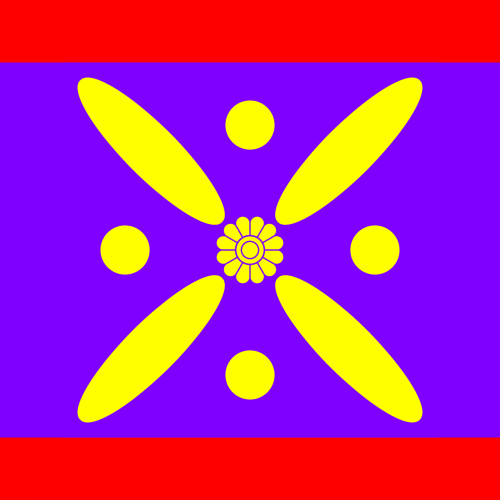The Persian Gulf, characterized by its rich historical tapestry and immense strategic importance, has captivated the attention of both regional powers and global players for centuries, nestled at the confluence of three continents—Asia, Africa, and Europe—this expansive body of water has served as a vital artery for maritime trade, cultural interchange, and diplomatic maneuvering throughout the ages. Its shores have witnessed the ebb and flow of civilizations, from the ancient Mesopotamians and Persians to the modern-day nations of the Middle East. Yet, amidst its undeniable significance lies a contentious issue: its name. The term “Persian Gulf” has been ingrained in historical records and international treaties for millennia, reflecting its association with the Persian Empire and the Persian-speaking peoples who have inhabited its shores since antiquity. However, in recent times, the naming of the Gulf has become a flashpoint of controversy, as regional rivalries and geopolitical tensions have led some to advocate for alternative names such as the “Arabian Gulf.” This ongoing dispute underscores the intricate interplay of politics, history, and identity that continues to shape the narrative surrounding this iconic waterway.
Historical Names
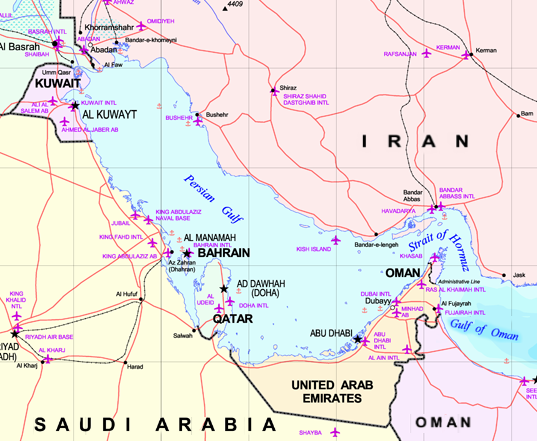
Throughout history, the body of water now known as the Persian Gulf has been referred to by various names, each reflecting the perspectives and influences of different civilizations and cultures that have interacted with the region.
One of the earliest known references to the area dates back to the Assyrians, who called it the “Bitter Sea,” perhaps alluding to the challenging navigational conditions or the saline nature of its waters. This name reflects the practical concerns of ancient mariners who braved the seas in search of trade routes and resources.
However, it was during the reign of the Achaemenid Empire, established by Cyrus the Great in 550 BC, that the term “Persian Gulf” gained prominence. The Achaemenids, who ruled over a vast empire stretching from the Mediterranean Sea to the Indus River, had their heartland in the province of Persis (Pars), located in the southwestern region of the Iranian plateau. The body of water that bordered this province to the south came to be known as the “Persian Gulf” in Greek sources and other ancient texts.
Greek historians and geographers, including Herodotus and Strabo, referred to the body of water as the “Persian Gulf” or “Persian Sea,” recognizing its association with the Persian Empire. Nearchus, a naval officer under Alexander the Great, used the term “Persikon kolpos” in his writings to describe the Persian Gulf during his expedition to explore the coastlines of the Indian Ocean.
During the Achaemenid period, from 550 to 330 BC, the term “Persian (Pars) Sea” was widely used in written texts, reflecting the empire’s control over the region and its strategic importance for maritime trade and naval power. Persian merchants and sailors plied the waters of the Persian Gulf, connecting the empire’s heartland with its distant provinces and trading partners.
Over time, the name “Persian Gulf” became firmly established in historical records and maps, enduring through successive empires and civilizations that rose and fell in the region. Today, it remains the most widely recognized and accepted designation for the body of water that lies between Iran and the Arabian Peninsula, embodying the rich history and cultural heritage of the lands that border its shores.
Modern Naming Dispute
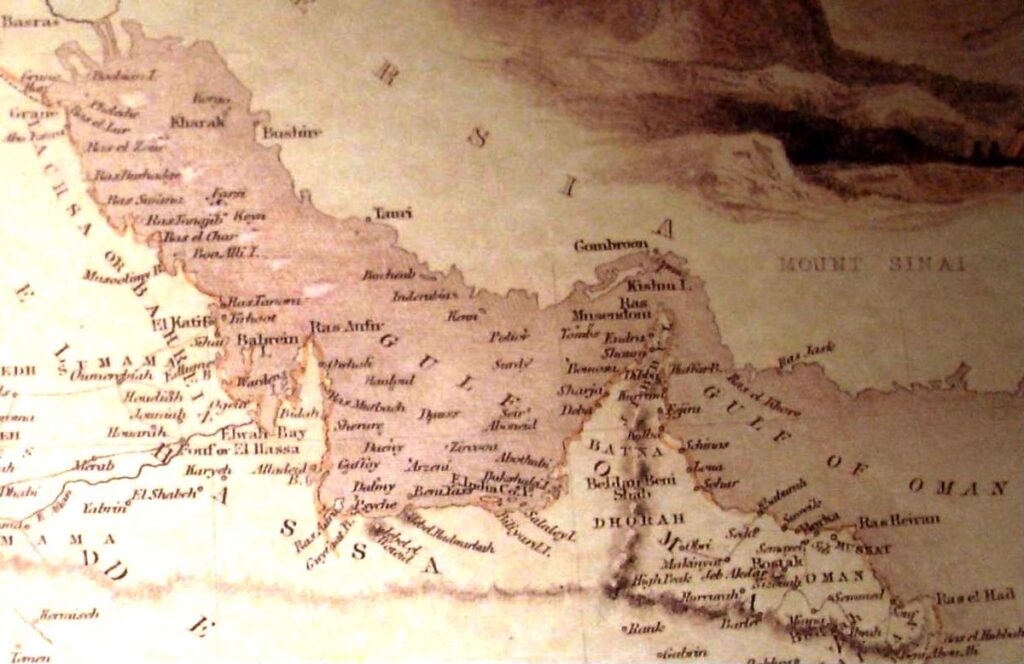
In modern times, the naming of the Persian Gulf has become a subject of controversy and dispute, reflecting geopolitical tensions and competing national identities in the region. While the term “Persian Gulf” has historical precedence and is widely recognized internationally, some Arab countries, particularly those in the Arabian Peninsula, have advocated for alternative names such as the “Arabian Gulf” or simply “The Gulf.”
The dispute over the name of the Persian Gulf has deepened since the mid-20th century, coinciding with the rise of Arab nationalism and the consolidation of national identities in the Middle East. Arab governments have increasingly used the term “Arabian Gulf” in official communications, maps, and publications, seeking to assert Arab cultural and historical influence over the region. This trend has been fueled by political rivalries and historical grievances, particularly between Iran and some Arab states, which have competing claims and interests in the Persian Gulf.
Iran, however, vehemently defends the name “Persian Gulf,” emphasizing its historical and cultural significance as well as its geographical accuracy. The term “Persian Gulf” has been used consistently in historical records, maps, and international treaties for centuries, reflecting the region’s association with the Persian Empire and its Persian-speaking inhabitants. Iran views any attempt to change or erase the name of the Persian Gulf as a denial of its historical legacy and a challenge to its national identity.
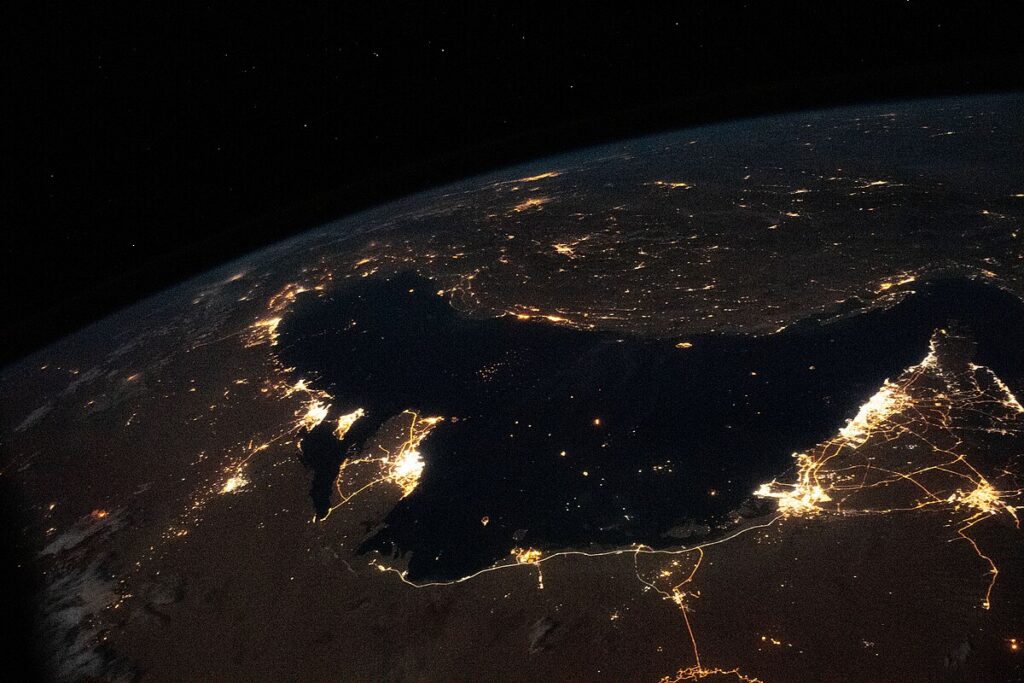
The International Hydrographic Organization (IHO), the global authority responsible for standardizing maritime names and boundaries, officially recognizes the name “Gulf of Iran (Persian Gulf)” as a compromise solution to the naming dispute. This designation acknowledges both Iran’s historical connection to the region and the sensitivities of Arab countries that prefer alternative names. However, the use of the term “Arabian Gulf” continues to be prevalent in most Arab countries and has gained traction in some international contexts, reflecting ongoing tensions and rivalries in the region.
Despite the controversies surrounding its name, the Persian Gulf remains a vital waterway for global trade and energy security, linking the oil-rich countries of the Arabian Peninsula with major markets in Asia, Europe, and beyond. As such, efforts to preserve its name’s historical and geographical accuracy are essential for promoting mutual understanding, respect, and cooperation among nations in the region and ensuring the peaceful coexistence of diverse cultures and identities.
While the naming of the Persian Gulf has been controversial and disputed, the historical and geographical accuracy of its designation as the Persian Gulf remains undeniable. Throughout history, the term “Persian Gulf” has been consistently used in ancient texts, maps, and international treaties to describe the body of water that lies between Iran and the Arabian Peninsula. This name reflects the region’s historical association with the Persian Empire and its Persian-speaking inhabitants, who have inhabited the shores of the Persian Gulf for millennia.
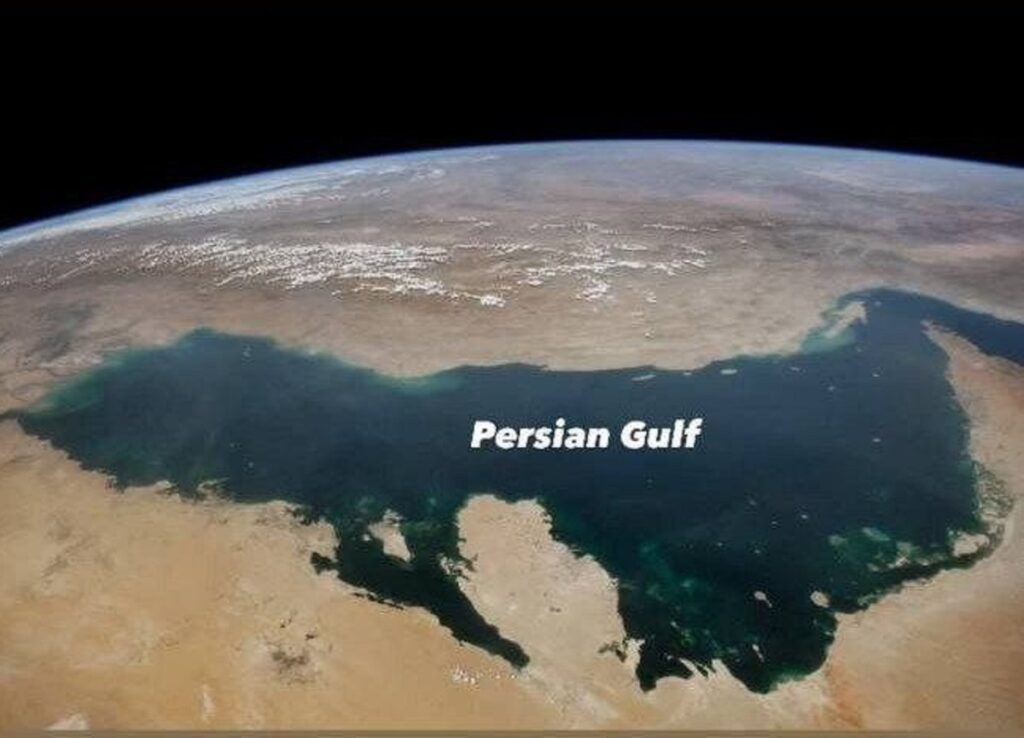
Image of the Persian Gulf from NASA
Efforts to change or erase the name of the Persian Gulf, such as advocating for alternative names like the “Arabian Gulf,” are often motivated by political rivalries and nationalistic agendas rather than historical accuracy. Iran, as the primary steward of the Persian Gulf’s heritage and identity, vehemently defends the name “Persian Gulf” as a symbol of its cultural legacy and historical continuity.
Furthermore, the International Hydrographic Organization’s recognition of the term “Gulf of Iran (Persian Gulf)” as a compromise solution acknowledges both Iran’s historical connection to the region and the sensitivities of Arab countries. However, the continued use of alternative names like the “Arabian Gulf” underscores the ongoing geopolitical tensions and rivalries in the region.
Just search the topic “The oldest maps of the Persian Gulf” once and you will come across a lot of old maps and undeniable documents. If the fake name of the Arabian Gulf does not have any reliable historical record.
Ultimately, preserving the name “Persian Gulf” is not merely a matter of semantics but a reaffirmation of historical truth, cultural heritage, and geopolitical stability in the Middle East. By upholding the historical and geographical accuracy of its name, the Persian Gulf serves as a symbol of unity, cooperation, and mutual respect among the diverse nations and cultures that share its waters. As such, efforts to promote awareness and understanding of the Persian Gulf’s rich history and heritage are essential for fostering dialogue, reconciliation, and peaceful coexistence in the region and beyond.

